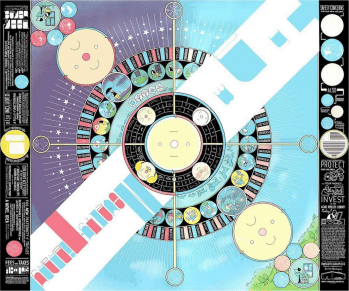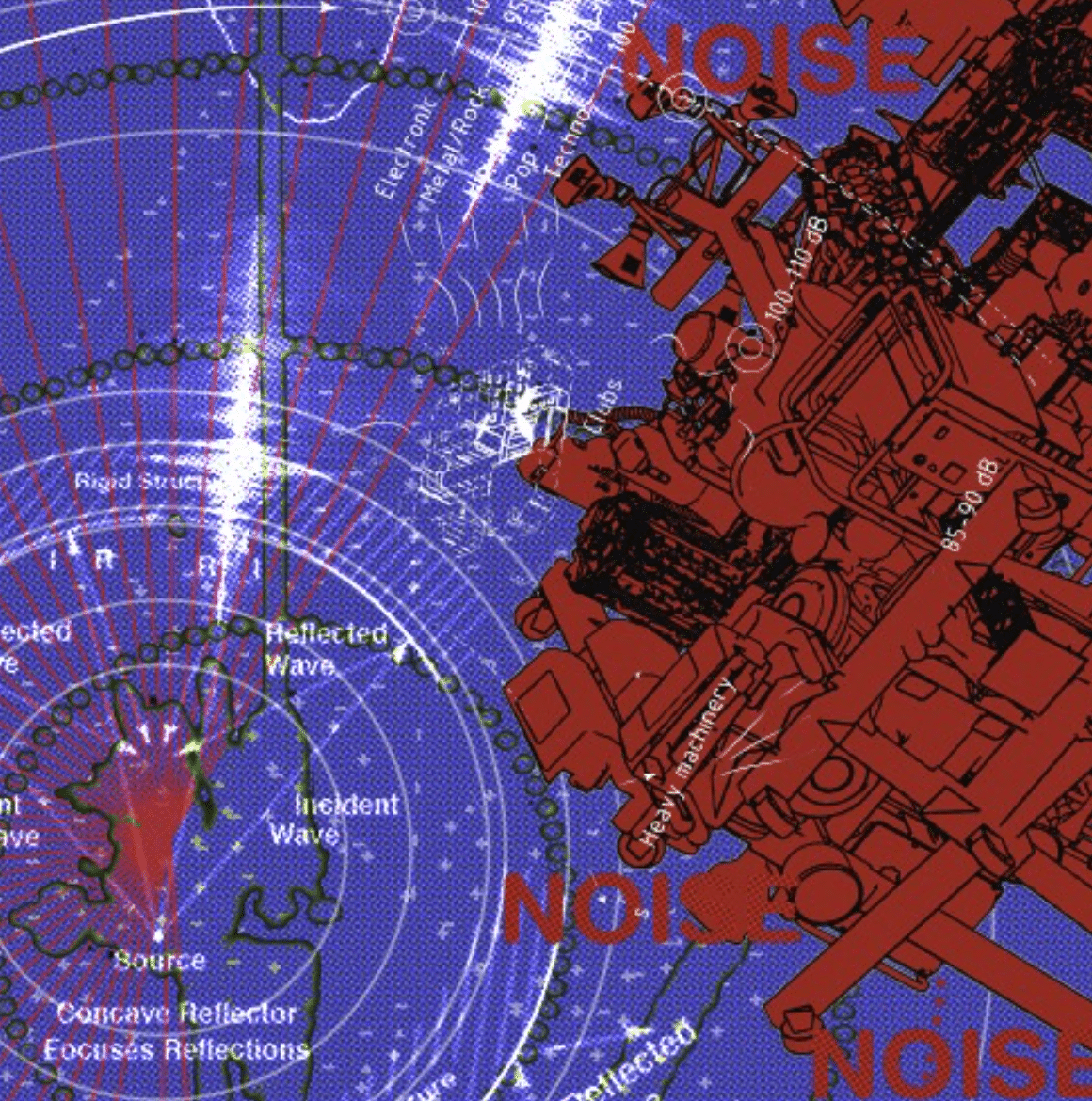
Credits: Stratton Coffman (MIT)
In the face of planetary crisis, architecture must confront a hard truth: it has been shaped by, and continues to serve, the logic of extractive growth. Today, we are called not only to imagine sustainable futures—but to radically reinvent the systems that produce ecological collapse.
This seminar proposes Counter-Growth as a spatial, ethical, and design framework. Counter-Growth does not mean austerity, nor passive restraint. It means active resistance to extractivist systems and the invention of new infrastructures that prioritize repair, reciprocity, and interspecies collaboration.
Rejecting the aestheticization of “nature,” the course demands a deeper commitment: to grow (in the traditional – extractivist sense) only when necessary, and always in alignment with the needs and agency of non-human life.
In the first phase of the seminar, we will begin by investigating extractivist systems in Barcelona – from water depletion and air pollution to light saturation, data hunger, and material overproduction. These systems will be examined through spatial, technical, ecological, and geopolitical lenses.
The second phase of the seminar will explore post-natural alternatives: speculative architectures where human and non-human agents (mosses, fungi, birds, bacteria, light etc) co-design new relationships. These proposals must not only minimize harm – they must generate benefit for both species and systems.

Credits: Chris Ware
Learning Objectives
At course completion the student will:
- Identify and spatialise extractivist systems within the urban and territorial fabric of Barcelona, analysing their ecological, infrastructural, and social consequences.
- Understand and apply the principles of Counter-Growth, distinguishing them from degrowth, mainstream sustainability, greenwashing etc.
- Map complex multispecies systems, including non-human agencies (e.g. air, soil, algae, fungi, birds, microbes), and explore how design can redistribute value, responsibility, and benefit across these agents.
- Use architecture as a speculative and systemic tool, not only to mitigate harm, but to interrupt, reprogram, or dismantle harmful systems and/or reinvent new ones.
- Develop post-natural infrastructures of mutual benefit, where human and non-human life co-exist through new protocols of cohabitation, care, and shared resource management.
- Translate complex ecological and political ideas into architectural drawings and prototypes, including:
- Large-format systemic diagrams;
- Visual mappings of energy and pollution;
- Spatial devices, models, or machines;
- Interspecies rituals, contracts, or protocols.
- Practice ethical design decision-making that critically evaluates when and how to build, foregrounding non-growth and non-human benefits as primary design criteria.







